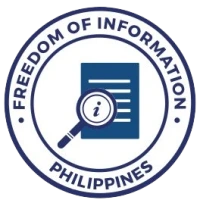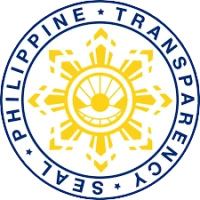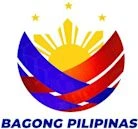DEVELOPMENTAL VISIONS OF OCCIDENTAL MINDORO
VISION
"We envision Occidental Mindoro as a major food basket of the nation, a populas tourism destination, a disaster resilient and prepared province, and a home to an empowered citizenry, including its indigenous people, who are active participants in development guided by effecetive and good leadership."
MISSION:
The Province of Occidental Mindoro commits to provide the effective and efficient delivery of basic government services for the well-being of its constituency through:
- Promotion of sustainable agriculture
- Development of agriculture and eco-tourism
- Preparedness on the impact for climate change and disaster risk
- Development of needed infrastructures
- Improvement of health services and facilities
- Meaningful education for all
- Provision of economic opportunities for all
The four (4) core elements of the development vision serve as the guides and pillars for the long-term growth and development of the province. The four vision elements will trigger and identify the key sector priorities for turning the vision into relaities. While each element has its coherence, there will be coordination and complementation across sectoral programs. The vision elements also reflect on the key development principles of sustainable development, inclusive growth, environmental integrity, and good governance.
Major food basket of the nation - being a predominantly agricultural-based economy, the province has the development role as the major food producer and supplier of agricultural produce to Metro Manila and the sorrounding regions (REgion IV-A, IV-B, and VI). The province will exploit its comparative advantage as one of the major producers of rice, mangi, cashew, garlic, onions, fishery, and aquaculture products such as Tuna, Milkfish, and Tiger Prawns.
Tourism destination center - the province has diverse and unique tourist attractions that are widely known but relatively unexploited. The province has natural resource wealth, cultural heritages, fine sandy beaches, coral reefs, mangrove forests, and nature sports and recreational sites that can offer and satisfy the needs and interests of both domestic and foreign tourists. The four (4) growth clusters/centers of the province offer range of tourism products according to toursim thematic clusters. For SAMARICA Growth Cluster, based on its tourism assets shall promote natire-based attarctions while MAPSA growth Cluster shall cater to tourists interested in cultural attractions and ecotourism. For Sablayan Growth Center and Island Growth Cluster, they are the site of nature conservation and history and cultural areas. Particularly for Sablayan, which is the host of the designated national park, biodiversity conservation areas, natural park, cultural edifices such as old churches, lighthouses, prison penal farm, and museum for cultural and heritage appreciation.
Resilietnt in natural hazards and climate change impact - given the topography and physical configuration of the province, it abounds with natural lands and resources (forestlands, rivers, and lakes, national/natural parks, and wildlife habitat) possessing unique characteristics and features. All these resources and ecosystem will be vulnerable to climate change impacts. The province over time shall develop its institutional and manpower capacities to plan and implement climate change mitigation and adaptation responses and measures, thus, in the future will become environmentally and economically resillient to any adverse effects of natural hazards and disasters.
Empowered citizenry and good leadership - the people interacting with the environment and natural resources is the center of development efforts of the provincial government. The people (individuals, families, and communities) together with local officials and other private groups and institutions will have a joint responsibility and participation in the utilization, management, and protection of the environment/natiral resources. The provincial leadership will set up and implement transparent governance and participatory decision-making processes and, in the end, the relationship and interaction of all the key actors in the development process will engender people empowerment and good governance.



